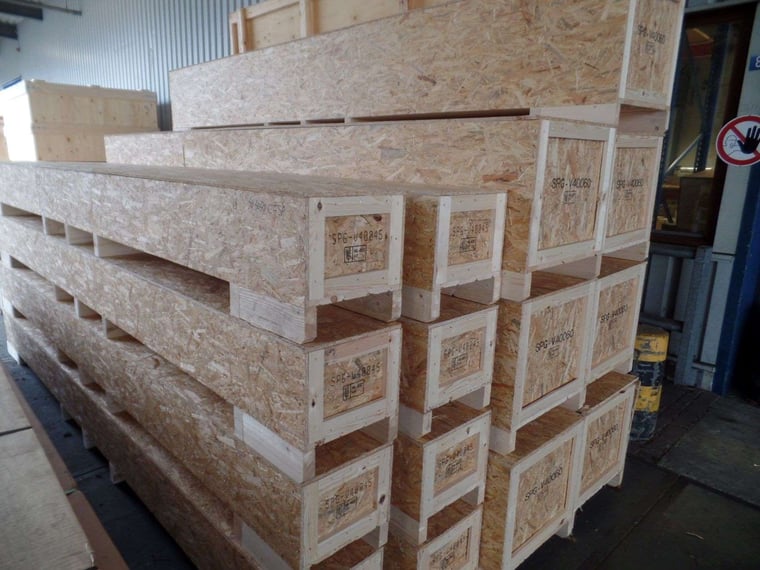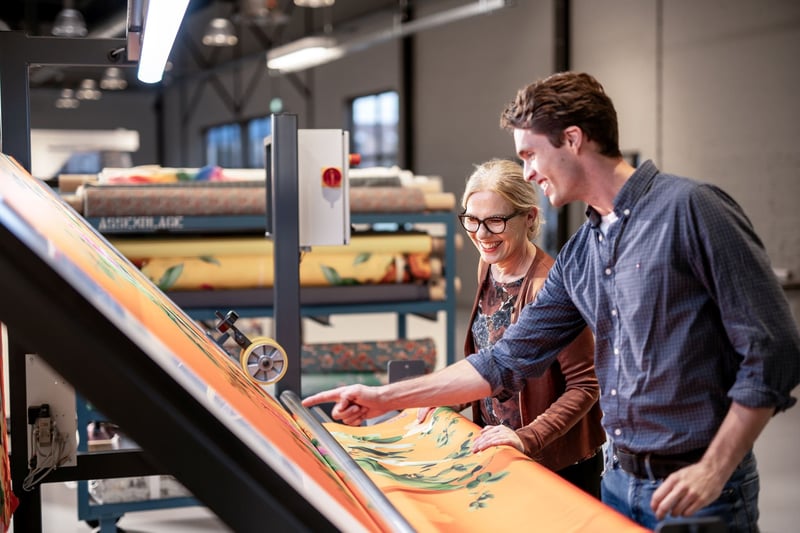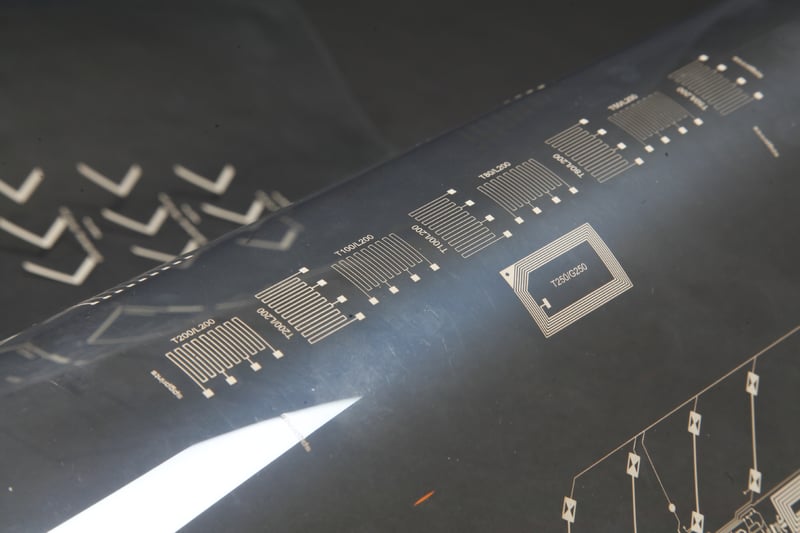Products or components that arrive damage-free at your printing company; that's the main priority of packaging. However, with sustainability becoming increasingly important in almost all sectors, additional focus areas are emerging. For example, modern packaging should use as little material as possible to leave minimal waste.
At the forefront of this, our experts have been working on the development of optimal packaging for many years. In this blog, we will discuss the development of our packaging for rotary textile screens (including three significant advantages for printing companies and their customers).
Sustainable Packaging: what is in it for you?
Sustainability is often thought to cost a lot of money and only benefits the environment. If done correctly, nothing could be further from the truth.
.jpeg?width=760&height=321&name=New%20boxes%20packaging%20for%20screens%20(header%20blog).jpeg) Figure 1: Sustainable Packaging for Rotary Screens
Figure 1: Sustainable Packaging for Rotary Screens
In fact, the work our experts put into sustainability can bring significant benefits to you and your customer. The essential benefits of sustainable packaging can be divided into 3 main categories: waste reduction, handling, and cost savings.
1. Reducing waste
Waste, and cardboard waste in particular, has declined significantly in recent years due to the switch to thinner cardboard boxes. At SPGPrints, we joined this evolution by changing the way we package. In the past, we mainly used boxes with a thickness of 15mm. Nowadays, the boxes used are only 7mm thick and perform just as well. This leads to the question: what is essential to transport the product safely?
Where our packaging used to require stapled headboards, the thinner boxes we use today eliminate that need. At that point, we switched to paper tape (reinforced with rope), which is entirely recyclable. In addition, kidney-shaped plastic molds were formerly used to protect the screens. These are no longer used, saving a lot of plastic waste and unnecessary transportation.
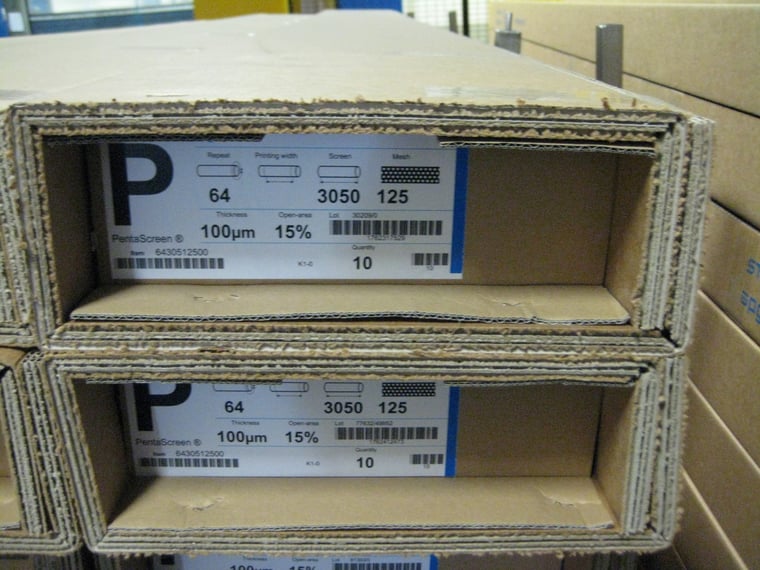 Figure 2: the previous, 15mm thick boxes
Figure 2: the previous, 15mm thick boxes
Working with less material and thus reducing waste is very beneficial for the environment, but it also benefits printing companies. For example, less transportation of materials is required when less material is used, which positively affects the environment and transportation efficiency.
Additionally, there is less waste on the printing companies’ side of the transport, ensuring they don't have to dispose of any redundant packaging material and saving you costs. Also, less packaging connects well with the following category: handling benefits.
2. Handling benefits
When developing sustainable packaging, the experts consider not only the environment but also the handler of the packaging. Careful consideration is given to packaging, making loading and unloading as easy as possible.
The crates we use, as previously mentioned, contain no unnecessary materials, which saves weight. This benefits the logistical employees (e.g. avoiding problems like back pain or excessively complicated processes). If a package is easier to handle, the risk of damages is also significantly lower.
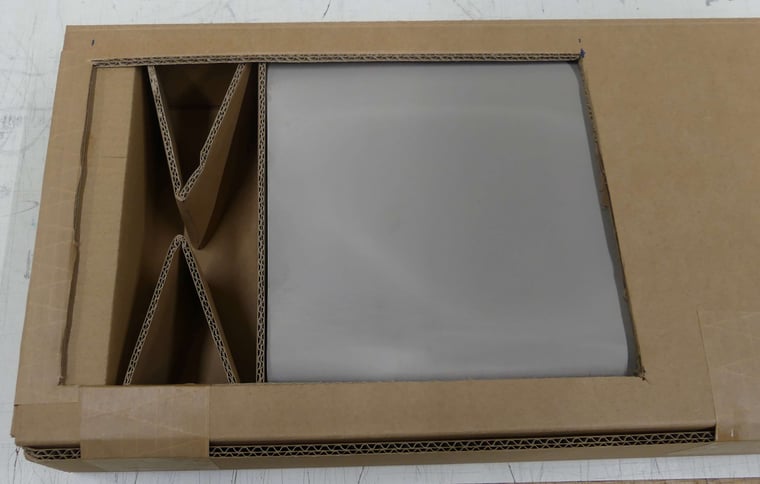 Figure 3: the "drop end 64" without inner tubes
Figure 3: the "drop end 64" without inner tubes
In short, creating sustainable packaging is environmentally friendly, saves weight (with health and safety benefits for employees), and saves costs and time by reducing damaged goods. The third category is all about costs and time savings.
3. Saving costs, time and damages
The challenge with optimizing packaging is to find the perfect balance between ease of handling and minimizing risks of damaged goods and costs. Besides improving sustainability, waste reduction reduces expenses related to processing waste, and using fewer materials lowers transportation costs.
A carefully designed package, with the right use of materials at the right places, ensures the arrival of damage-free goods at the final stop. The way carriers handle packages is crucial in the process, and we see that carriers handle goods with more caution if the handling is made easier.
Reducing your ecological footprint
Do you want to join us in this mission and contribute to the environment by reducing your ecological footprint?
To find out how our efforts and products can help your production processes become more sustainable, reach out to our specialists with the button below.
Of course, our experts also love to discuss all other questions about your printing business. Hopefully, we will speak to each other soon to discover how we can help each other (and the environment, of course)!
